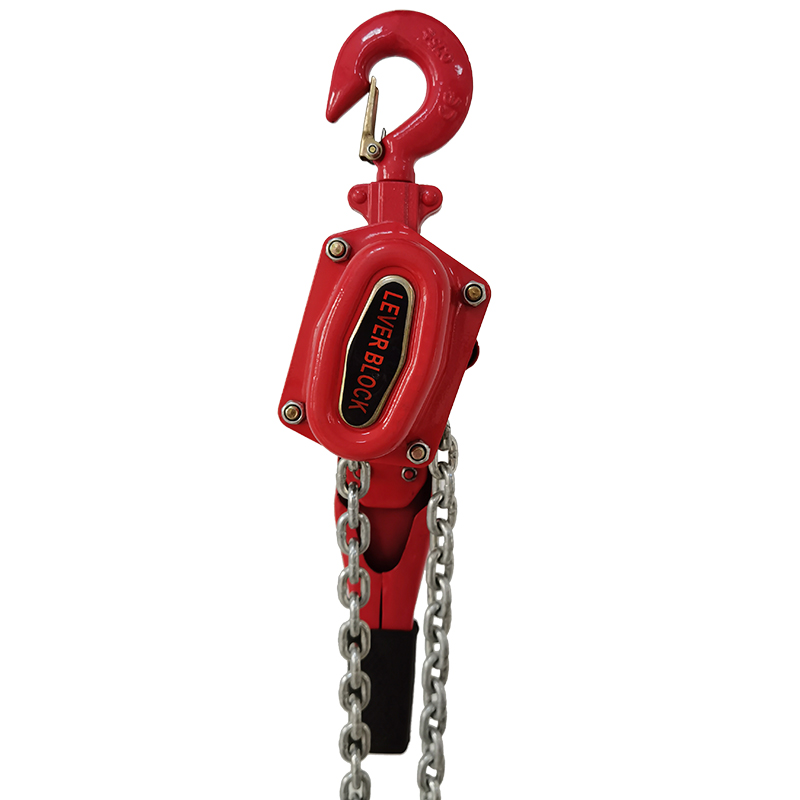


Understanding Lever Chain Block A Comprehensive Overview
The lever chain block, also known as a chain hoist or manual chain hoist, is an essential piece of machinery utilized across various industries for lifting and lowering heavy loads. The compact design and mechanical advantage provided by the lever system allow users to handle items that might otherwise be too heavy or cumbersome to maneuver manually. This article provides a comprehensive overview of the lever chain block, exploring its mechanism, applications, and safety considerations.
Mechanism of Operation
At its core, the lever chain block operates on a simple yet effective principle of mechanical advantage. The device consists of a chain, a lever, and a hook, typically designed to withstand heavy loads. When the lever is pulled down, it engages the chain, which loops over a sprocket within the housing of the hoist. This movement results in an upward force being applied to the load attached to the hook.
The gear ratio within the lever block plays a crucial role in determining the lifting capacity and effort required. Generally, the higher the gear ratio, the less physical effort is needed to lift a heavy load. For example, a lever block with a 41 ratio requires only one-fourth of the effort needed for a 11 ratio, allowing the operator to lift heavier loads more efficiently.
Applications in Industries
Lever chain blocks are incredibly versatile and can be found in various industries, including construction, manufacturing, shipping, and maintenance. In the construction sector, these devices are essential for lifting materials such as steel beams, concrete blocks, and other heavy items during the building process. They are also commonly used in warehouses for unloading containers and moving heavy goods in storage.

In manufacturing settings, lever chain blocks assist in the assembly process by lifting and positioning heavy machinery parts. They provide the flexibility needed to navigate tight spaces while ensuring safety and efficiency. Similarly, the shipping industry relies on these devices for loading and unloading cargo, helping to streamline operations and reduce labor costs.
Safety Considerations
While lever chain blocks are invaluable in lifting operations, safety must be a priority when using these devices. Operators must be trained to understand the working limits of the hoist and the proper techniques for lifting loads to prevent accidents. This includes adhering to the manufacturer's guidelines regarding maximum load capacity and ensuring that the equipment is regularly inspected for wear and tear.
Additionally, operators should employ safety gear and practices, such as using appropriate personal protective equipment (PPE) and ensuring that the load is properly secured before lifting. Understanding the environmental conditions, such as wind or uneven surfaces, is equally crucial to prevent mishaps that could lead to serious injuries or damage.
Conclusion
The lever chain block is an indispensable tool in the world of heavy lifting. Its design provides a practical solution for moving heavy items across various industries, enhancing efficiency and productivity. However, the importance of safety cannot be overstated. Proper understanding and usage of lever chain blocks ensure that operations run smoothly while minimizing the risk of accidents. As industries continue to evolve, the lever chain block remains a testament to the enduring principles of mechanical advantage and human ingenuity in the safe handling of heavy loads.



